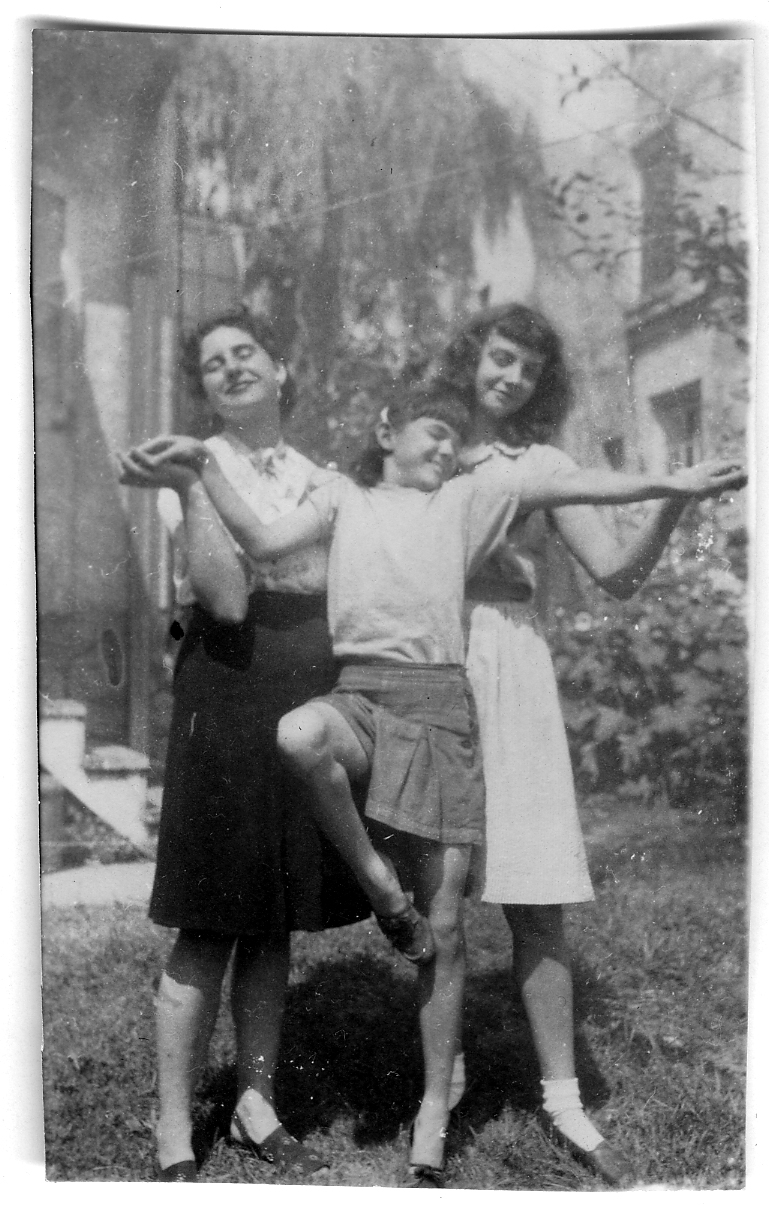Martha Wittman on a company residency in Sheboygan, Wisconsin
Edited and Produced by Alexis Iammarino and Dorothy Williams
Spring 2011.
Dorothy Williams, Interviewer
Alexis Iammarino, Audio Production

MARTHA: We hear a lot of things verbally, what strikes me more is the person is revealed, that you’re in their presence and you feel that so strongly, that there’s a connection and something is happening with them that has surprised them, delighted them. There’s often tears. We were recently in Sheboygan, Wisconsin and I think Cassie has told these stories, but we were working with these carpenters and the carpenter and his son, and I think he was eight or nine years old, his grandson, were also part of the project. And the little boy had a lot of attention deficit problems in school with working on this, we could tell he was hyper, the little boy, but he became more and more focused and could remember things which had…which was a struggle when we started but were there over three weeks and his granddad, after this was all over said, ‘I can’t thank you all enough, my boy is suddenly more focused in school and he’s not just tearing around and needing to be physically energetic, and the fact that he could remember lines and remember movement and became part of this was incredibly, you know, unimaginable for this child. So that was a huge effect and the grandfather was near tears, too, in talking about this. So we see all kinds of responses, but they seem real and the people seem real in that moment. Nothing is a pretend performance.
We were working from noon until nine at night and Cassie and the youngers were doing a lot of planning starting at nine AM in the morning. And they worked after nine at night too. We were working with more than 50 people, old, young, from the art center that was sponsoring this. So people were participating from all over the community. They had never had such a large community response to a project at this center before. They had not included families before. No children. I think they felt that is was not manageable. So we did have young people and I think they were very appreciative of what had happened.
We all loved an older woman named Gina, who was in her eighties from the senior center who was legally blind and had a wonderful story. I can’t remember quite how it started, but it was something to do with the encroaching blindness that she couldn’t walk out by herself anymore or it aggravated her terribly, all this feeling you have when you’re losing your independence. So instead of going to church one Sunday, or while everybody else was at church, she decided to take a walk on her own. Where she used to walk on her own, which was out to a rocky shore out to a lighthouse. And she did this walk and got to where she could touch the walls of the lighthouse. And she talked about her tunnel vision, she had no peripheral vision, she––could––did have an area where she could see dead ahead, where she could see something. But it was quite an achievement for her and that become part of the choreography. It was a really beautiful scene that Cassie choreographed. And she stood up on a chair to tell her story and Thomas helped her and then a younger dancer walked over bodies that were supposed to be like rocks, to Gina, where she was at the lighthouse and was a really lovely scene. (laughs)










